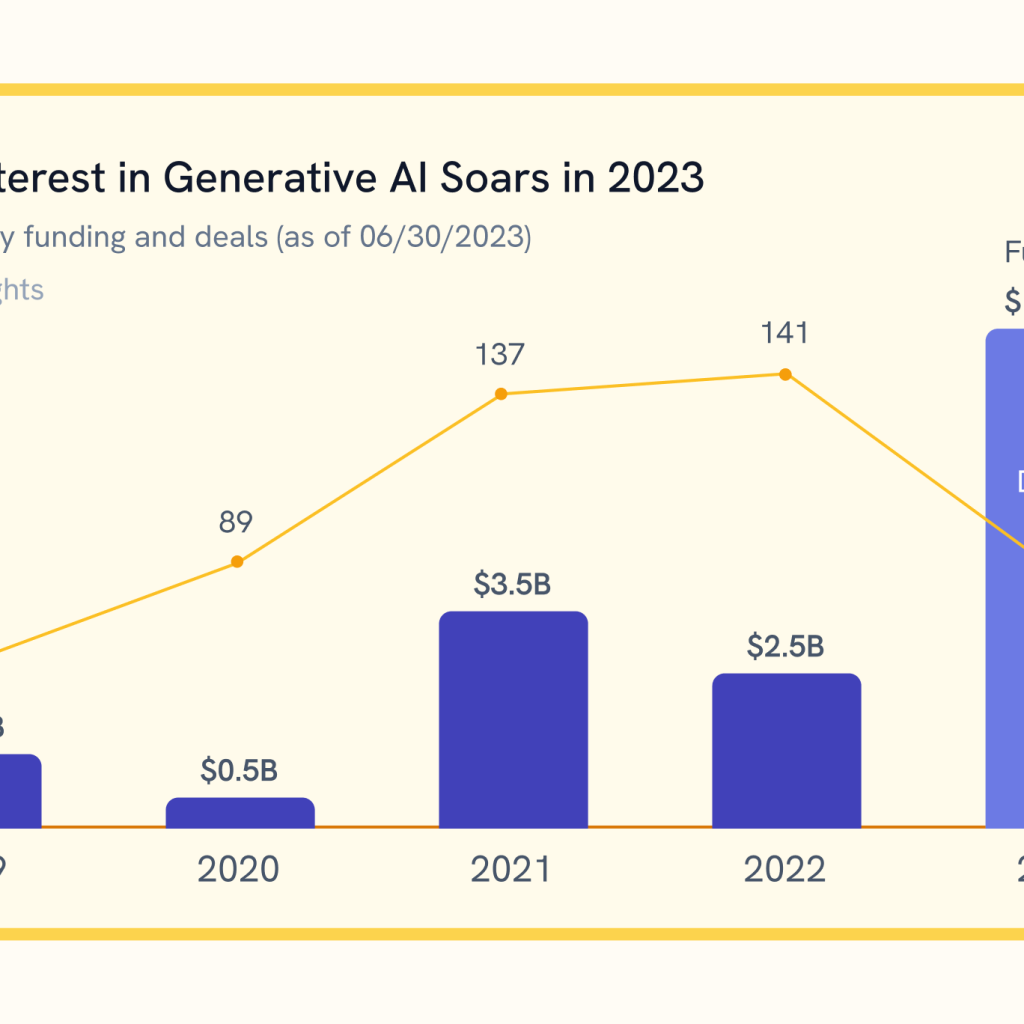In the ever-evolving world of education, eLearning has undergone a remarkable transformation, moving far beyond the basic online courses of the past. Today, students have access to a dynamic array of interactive multimedia content, accessible across various devices and platforms. This new eLearning environment is shaped by emerging trends, with technology playing a pivotal role.
Among these trends, AI-powered learning and immersive experiences through Augmented Reality (AR) and Virtual Reality (VR) are reshaping the future of education. Gamification and microlearning are revolutionizing the way students engage with content. These trends promise to deliver tailored and engaging learning experiences, empowering both educators and learners.
AI-powered learning for personalized individual success
AI-powered tools and algorithms have ushered in a new era of personalized learning, fundamentally altering the educational landscape. Through AI, students now benefit from tailored learning experiences that adapt to their unique needs, fostering self-directed learning and improving overall educational outcomes. AI-driven platforms excel in assessing a student’s abilities and preferences, allowing them to customize the content and pace of instruction accordingly.
For example, if a student excels in mathematics but struggles with language arts, the AI system can provide more challenging math problems while offering additional support and resources for language arts. This individualized approach maximizes engagement and learning outcomes. AI plays a crucial role in continuous improvement by continuously collecting and analyzing data on student performance. This data empowers educators to make informed decisions, refine teaching materials, and adapt their strategies to better meet the needs of individual students.
The accessibility of personalized learning powered by AI extends its reach to a broader range of learners, including those with disabilities or those in remote areas. AI can tailor content to accommodate diverse learning requirements, fostering inclusivity and making education more accessible than ever before. As AI technology continues to advance, the potential for even more tailored and effective learning experiences is boundless.
Immersive learning experiences with AR and VR
Augmented Reality (AR) and Virtual Reality (VR) are ushering in a new era of immersive and interactive eLearning experiences. AR enriches the learning journey by overlaying digital information onto the real world. For instance, students can employ AR apps to scan images in their textbooks, triggering 3D models, animations, or additional information on their devices. This approach transforms learning into an engaging and memorable experience as complex concepts become tangible and interactive.
Conversely, VR offers students the opportunity to explore virtual worlds and scenarios that would be otherwise impractical or impossible in the physical realm. Medical students can practice surgeries in a virtual operating room, and history students can embark on virtual journeys to historical events and locations. Beyond exploration, VR enhances experiential learning by providing a safe environment for practice and skill development. The integration of AR and VR extends beyond traditional education into corporate training and skill development, allowing employees to hone their skills through simulations and scenarios.
Engaging learning with gamification and microlearning
In addition to AR and VR, two more trends are making waves in the eLearning landscape: gamification and microlearning. Gamification involves the integration of game elements such as points, rewards, and competitions into educational content. On the other hand, microlearning breaks down complex topics into bite-sized, easily digestible modules.
When applied to microlearning, gamification enhances the appeal of short, focused lessons. Learners are motivated to complete these bite-sized modules in pursuit of rewards or to climb the leaderboard, resulting in increased participation and improved retention of knowledge. The combination of gamification and microlearning creates an even more accessible and engaging learning environment. Learners can swiftly consume and apply knowledge within a game-like setting, making the learning process not only efficient but also enjoyable.
Embracing these eLearning technologies – Artificial Intelligence, Augmented Reality, Virtual Reality, Gamification, and microlearning – holds the key to unlocking new possibilities for growth and development in the world of education. As these trends continue to evolve, educators and learners alike stand to benefit from personalized learning experiences, immersive journeys, and engaging content delivery methods that cater to the needs of the modern learner. The future of education is here, driven by innovation and technology, and it promises to be an exciting and transformative journey for all stakeholders in the field of learning.






